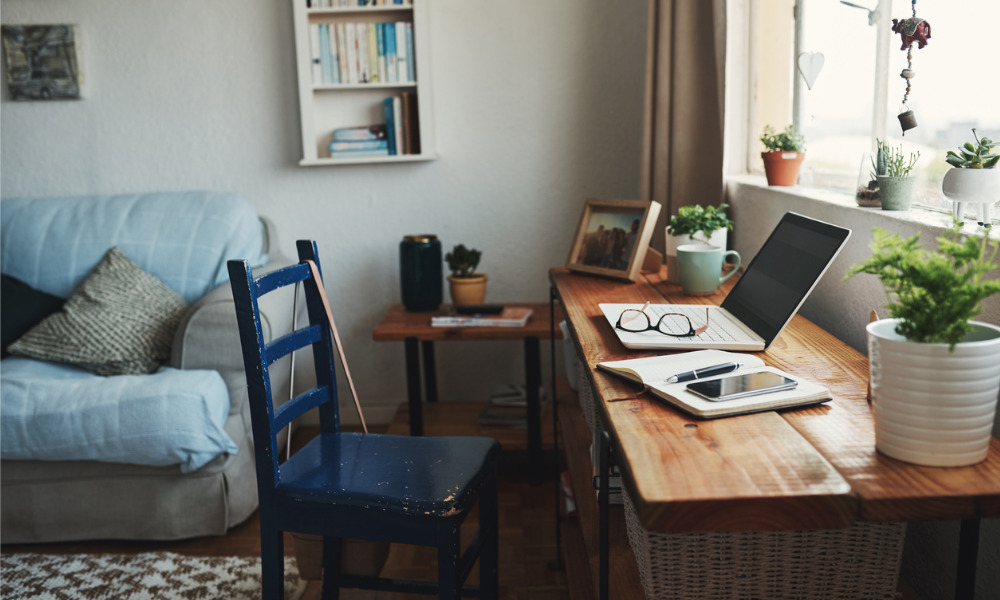
"Working from home has enabled many people to create a personalise work environment'

It’s becoming clear that what people truly miss from their workplace during lockdown is not being in the office itself, according to Guillermo Aranda-Mena is an Associate Professor in Property, Construction and Project Management at RMIT University.
What they miss is the human interaction with colleagues and likeminded people, added Aranda-Mena. The reason is that modern offices often neglect the human element of what supports us to be ourselves and work well together.
“For years we’ve applied the one size (open plan) fits all rule to workplaces,” said Aranda-Mena.
“In a post-COVID-19 era, we have the opportunity to learn from remote working and apply lessons before employees return to their offices.
“Modes that I see returning include ‘activity based working’ which allows organisational teams to arrange spaces to suit different tasks and working styles.”
According to Aranda-Mena, these set-ups are also meant to make us feel, think and act in different ways that promote wellbeing, collaboration and innovation.
“Biophilic design which involves use of discrete elements such as water features, vegetation, sunlight or even pets, is another approach makes shown to reduce stress and increase serotonin levels in office workers.”
Aranda-Mena added that there is an emerging research field that suggests our physical environment can impact our oxytocin levels, which can in turn increase engagement and empathy.
“Working from home has enabled many people to create a personalise work environment that supports not just their productivity and engagement as well as their general wellbeing,” said Aranda-Mena.
READ MORE: Manulife gives special day off to employees
“There are many simple design strategies we can introduce into our offices including natural elements like plants, light, fresh air, sounds, water and even fire that can help bring some of the benefits of home work spaces into our offices with us when we return.”
Julian Waters-Lynch, lecturer in entrepreneurship, innovation and organisational design at RMIT’s School of Management, added that the benefits of remote work have been discussed for nearly half a century but despite rapid advances in the technology required to do so, uptake has been slow.
Australian statistics state almost a third of people do some work from home, but Waters-Lynch said this number is inflated by the inclusion of all those who work at home to catch up outside the office.
“There have been two main barriers to greater uptake, the first is organisational culture and second is that people actually like to be around each other,” said Waters-Lynch.
“How we organise often lags behind what technology permits. Many organisations still cling to traditional ideas about managing people. If managers can’t see their employees working, they assume they won’t be.
“Ultimately though, we’re social creatures and a direct consequence of remote work is the co-working movement, a response to the psychological and social challenges of working alone from home.”
Waters-Lynch said the current circumstances should shift organisational and cultural barriers with home working simply, for now, the new reality. Businesses have no choice but to make it work.
“Perhaps the future will see the growth of local co-working spaces, designed not to overcome the limits of technology but to meet our needs as social beings.”